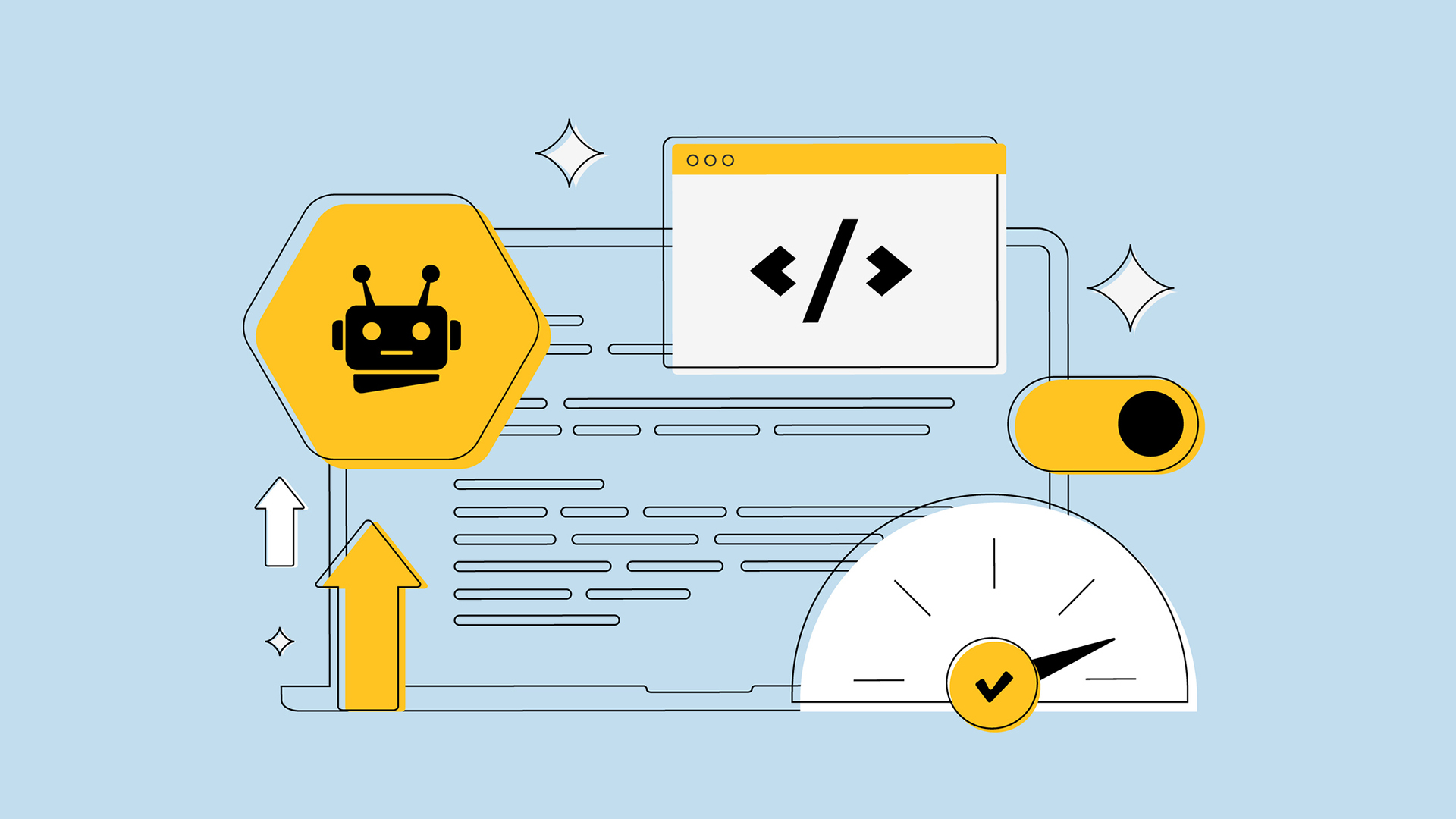
Whether you've just bought a new computer or you've been using your existing one for a while, you may notice over time that it starts slowing down and tasks that used to take seconds now take a lot longer. This is natural behaviour for any computer, whether it's a Windows 10 machine, Windows 8, MacBook or Linux laptop.
This is because as you install more apps and run them concurrently, your laptop has to split the memory used to make things happen more thinly and so it will affect the performance of your device. The number of files you're downloading, syncing with third-party storage applications and using will also affect a computer's performance.
Of course, a slow-running laptop can be extremely frustrating: watching that progress bar or spinning wheel chug round in circles can make even the most patient person lose their rag.
Although it's unlikely your computer will ever operate as it did when you first lifted it out of its box (unless you remove everything from it), there are some things you can do to get a bit of its speed back. Fortunately, it doesn't involve a reset or restore, just little tweaks that together can make a big difference.
Here are our top 10 tips for speeding up your laptop and offering a little relief when carrying out everyday tasks.
Limit startup programs
Many programs are designed to start automatically when Windows starts. Software manufacturers often set their programs to open in the background, where you can't see them running, so they'll open right away when you click their icons. That's helpful for programs you use a lot, but for programs you rarely or never use, this wastes precious memory and slows down the time it takes Windows to finish starting up.
However, you can decide for yourself if you want a program to run at startup. Later versions of Windows 10 contain a new option in the settings menu which allows you to view which apps are set to open on startup and disable the ones which you don't need - simply open the settings menu, select 'Apps' and then 'Start-Up'. It'll even show you how much of an impact each process has on your system's performance, with a simple toggle to turn it on or off.
Sign up today and you will receive a free copy of our Future Focus 2025 report - the leading guidance on AI, cybersecurity and other IT challenges as per 700+ senior executives
Close system tray programs
Most of the programs that open at start-up open as background processes rather than active windows, and they can often fly under the radar while they're running. If you need a quick boost in performance, it can be helpful to close any of these processes that you don't need at that moment, freeing up system resources for the things you do want to do.
Many of these background processes can be found in the system tray, which can be accessed by clicking the arrow next to the battery icon on the Windows 10 taskbar. Mouse over the icons to find out which processes they represent, then right-click them to bring up the menu and close any that you don't need.
ITPro is a global business technology website providing the latest news, analysis, and business insight for IT decision-makers. Whether it's cyber security, cloud computing, IT infrastructure, or business strategy, we aim to equip leaders with the data they need to make informed IT investments.
For regular updates delivered to your inbox and social feeds, be sure to sign up to our daily newsletter and follow on us LinkedIn and Twitter.
-
 Marc Benioff says hiring in software engineering is ‘mostly flat’ at Salesforce because of AI
Marc Benioff says hiring in software engineering is ‘mostly flat’ at Salesforce because of AINews Salesforce CEO Marc Benioff has revealed hiring for software engineering has dipped as a result of AI, but the CRM giant is ramping up recruitment in other key areas to push its agentic agenda.
-
 Are AI browsers a golden opportunity or cybersecurity nightmare?
Are AI browsers a golden opportunity or cybersecurity nightmare?In-depth AI browsers are on the rise despite the concrete risks associated with using them

